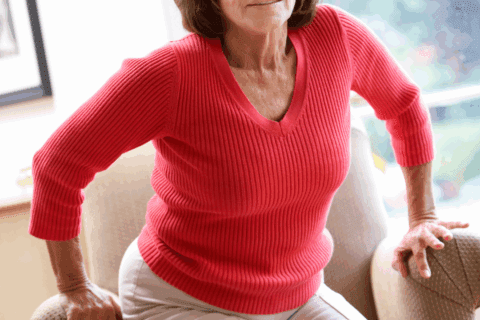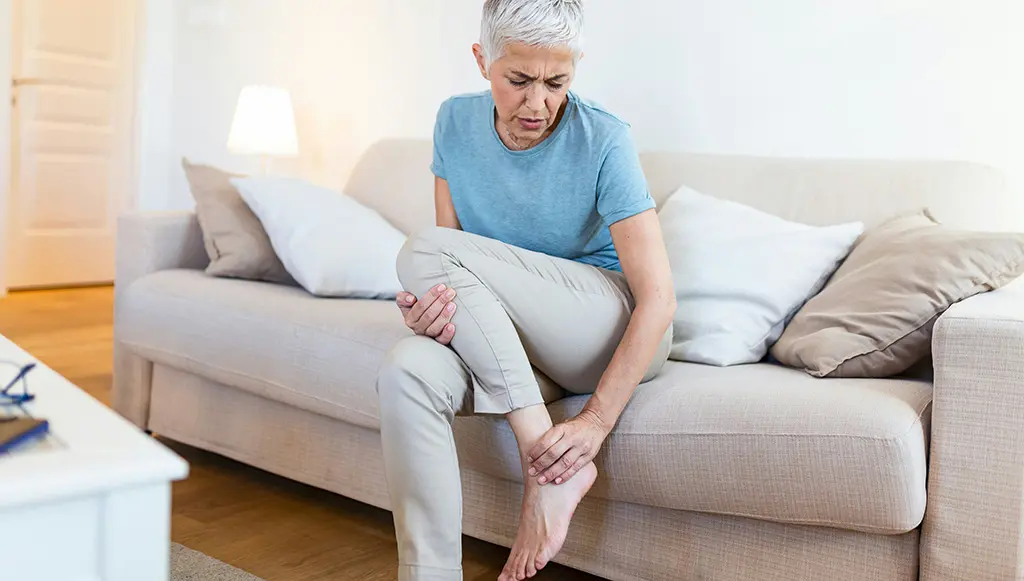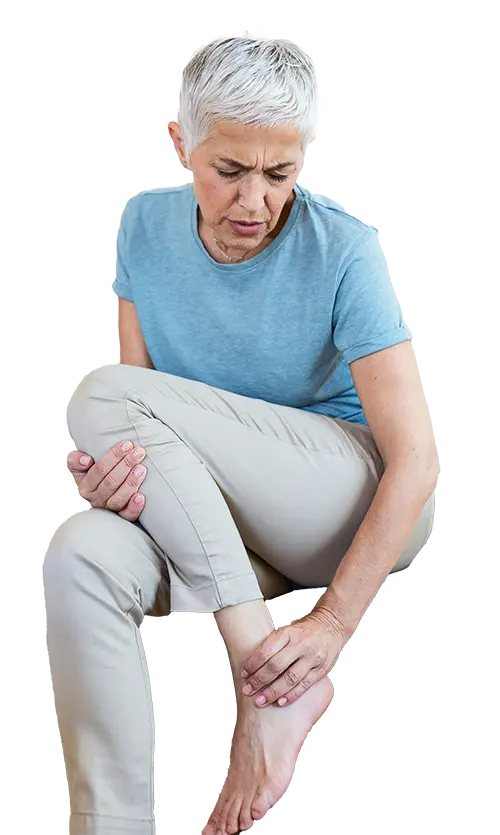Arthritis can significantly affect the hands impairing mobility and causing discomfort in everyday activities. For people living with arthritis in their hands, practicing joint protection techniques is essential for minimising pain and preserving function.
Joint protection involves adopting strategies and modifying behaviors to reduce stress on the joints, thereby reducing symptoms and preventing further damage.
In this article, we’ll explore the importance of joint protection for hands with arthritis and provide practical tips and techniques to help maintain hand function.
Joint protection and energy conservation strategies are one of the best ways to help reduce the overall impact on our joints. This doesn’t mean you should stop using your joints. It just means that you should use them differently to reduce the amount of stress going through your joints.
Altering the way a task is completed can:
- Reduce pain during activity
- Reduce the force on our joints
- Reduce inflammation and subsequent strain on soft tissue
- Reduce fatigue
- Help preserve the joint surface
So, what are some strategies we can use to help protect joints and conserve energy in the hands?
Use the strongest joints
Examples
- Carry your shopping bags over your shoulder, or look for larger/thicker handles – these provide an easier grip and reduce stress placed on the small joints of the fingers and hands.
Spread the load
Examples
- Carry things with two hands rather than one
- Limit the number of items in each bag so that they are not too heavy. Ask the checkout operator to pack your groceries evenly into a number of bags rather than just one or two heavy ones
Use less effort
Examples
- Use labour-saving tools and equipment, e.g.
- Take advantage of carts or trolleys when transporting large items
- For the kitchen, look for a can opener with a large turner and locking handles, or preferably an electric can opener
- Look for arthritis-friendly packaging that makes it easier on your joints. Wherever possible, try avoid packaging that requires a high level of fine motor skills or strength to open.
Avoid gripping things tightly
Examples
- Look for gadgets that can make gripping or holding things easier, e.g.
- Steering wheel covers can help reduce the force needed to hold the steering wheel.
- Gardening gloves designed to increase your grip and minimise the pressure on painful finger joints
- Opt for utensils with a large, comfortable grip
- Replace items in the home that are hard to use with items that have been designed with your needs in mind, like swapping standard taps for lever taps.
Pace
- Break up tasks into smaller bits, and rest in between if needed. For example, rather than trying to clean the entire house, just do one or two rooms each day or have a rest between rooms
Avoid positions that stress joints
Staying in one position for too long can lead to tired muscles and stiff joints.
- Release your grip every 10 to 15 minutes while writing or doing activities involving gripping with your hands or fingers
- Select a wider pen that is comfortable for your grip and reduces pressure on your small finger joints
- Select an ergonomic keyboard and mouse suitable for your hand size. Position the keyboard and mouse in the most comfortable position for you
Use assistive aids or supports
- Button hooks can make doing up buttons easier.
- A tap turner is a portable lever device that can assist with the turning action required to operate a tap. It reduces strain on the fingers and wrist.
- Special ergonomic knives make cutting and slicing easier, and adapted cutlery and crockery are specially designed for easy gripping.
- Many different types of jar, bottle and tube openers are now available.
- Orthoses (splints) for the hand and wrist may be helpful in some cases for managing pain and swelling and maintaining the correct alignment of joints
Lastly, don’t be afraid to use your hands!
Regular exercise is important in reducing stiffness and keeping your joints and muscles working. Try to make sure you move any affected joints in your fingers, thumbs, knuckles and wrists as far as is comfortable several times a day. You could also see an occupational therapist, physiotherapist or hand therapist for specific hand exercises.
References:
At home with arthritis – simple steps for managing in the home, Arthritis Australia
Hands and arthritis information sheet, Arthritis Australia
Arthritis Queensland’s Health Promotion Team
November 2020







